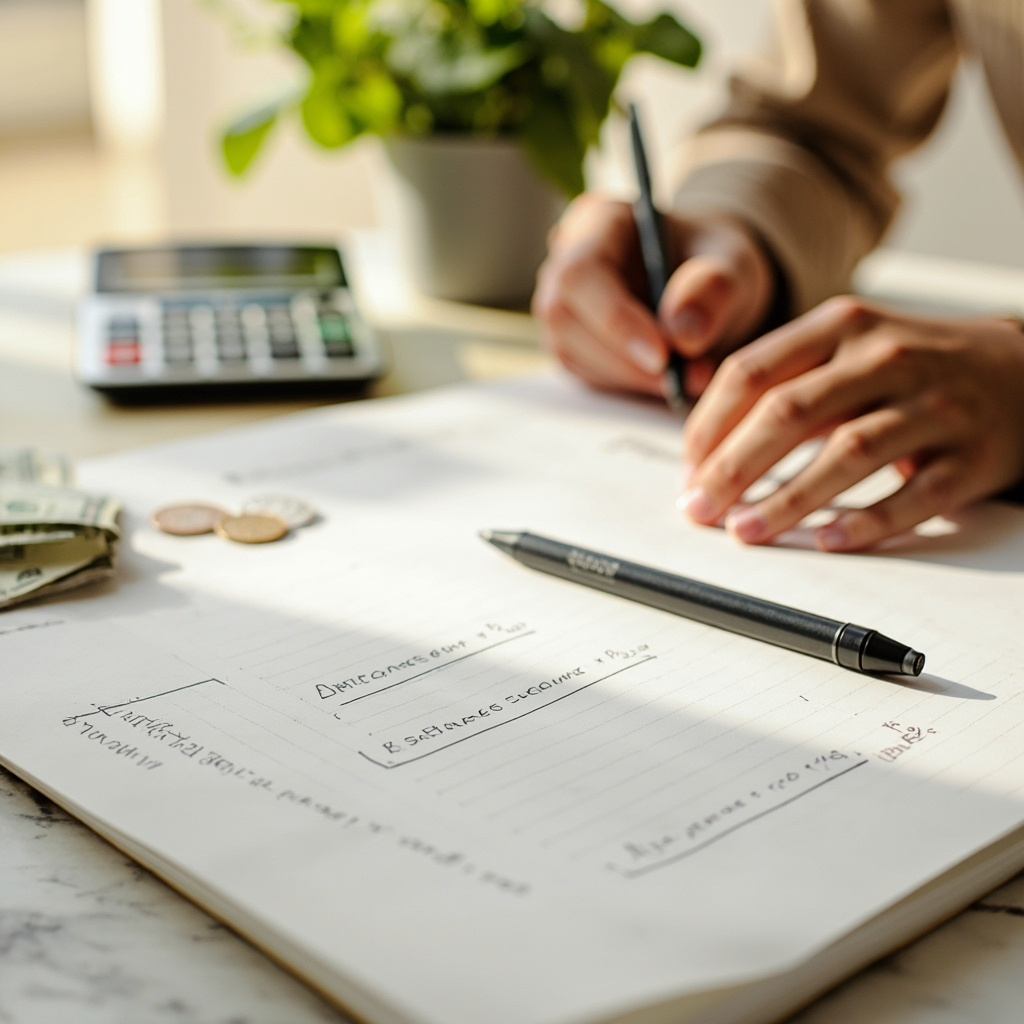In today’s fluctuating financial landscape, building an emergency fund has become more crucial than ever. With job markets shifting and unexpected expenses arising, having a safety net can provide peace of mind and stability. This guide explores practical strategies to help you build an emergency fund in an uncertain economy, offering step-by-step insights that are easy to implement regardless of your current financial situation.
Whether you’re starting from scratch or looking to strengthen your savings, these tips focus on realistic actions tailored to economic volatility. You’ll learn how to assess your needs, set achievable goals, automate savings, trim unnecessary costs, and even increase your income. By the end, you’ll feel empowered to create a robust financial cushion that protects you from surprises.
Assess Your Needs Amid Economic Volatility
Begin by evaluating your personal financial landscape to determine how much you truly need in your emergency fund. In an uncertain economy, consider factors like living expenses, potential job loss, or rising costs for essentials such as healthcare and housing. A common recommendation is to aim for three to six months’ worth of living expenses, but adjust based on your risk tolerance and family obligations. This assessment helps prioritize your savings efforts without overwhelming your budget.
To make this process effective, track your monthly income and outflows for at least a month using a simple spreadsheet or app. Identify fixed costs like rent and utilities, then factor in variable ones like groceries and transportation. During volatile times, also account for potential increases, such as inflation-driven price hikes. By understanding your baseline needs, you lay a solid foundation for building an emergency fund that truly safeguards your future.
Key Steps for Accurate Assessment
Start with a budget review to calculate your essential spending. Add a buffer for emergencies like medical bills or car repairs. Revisit this assessment quarterly to adapt to economic changes.
Set Realistic Savings Goals in Uncertainty
Once you’ve assessed your needs, it’s time to establish savings targets that fit your current reality. In an uncertain economy, avoid overly ambitious goals that could lead to frustration; instead, break them into manageable milestones, such as saving $1,000 in the first three months. This approach builds momentum and keeps you motivated, even as market conditions shift. Consider your income stability and any upcoming expenses when setting these benchmarks to ensure they’re achievable yet challenging.
Use tools like savings calculators to project how consistent contributions will grow over time, factoring in modest interest rates from high-yield accounts. Regularly review and adjust your goals—perhaps scaling up if your situation improves or pausing if hardships arise. This flexibility is key to sustaining progress in building an emergency fund amid economic ups and downs. Remember, consistency over perfection will get you closer to financial security.
Insights for Goal-Setting Success
Align goals with your risk profile: higher volatility might mean aiming for the upper end of your savings range. Celebrate small wins to stay engaged.
Automate Deposits Despite Market Fluctuations
Automation is a game-changer for building an emergency fund without relying on willpower alone, especially when economic uncertainty tempts you to spend impulsively. Set up automatic transfers from your checking to a dedicated savings account right after payday, starting small if needed— even $50 per paycheck adds up. This method ensures steady progress regardless of daily market news or personal temptations, turning savings into a habitual part of your financial routine.
Choose an account with competitive interest to maximize growth, and consider linking it to a separate bank for added separation from spending money. If fluctuations hit your income, adjust the automated amount downward temporarily but never stop entirely. Over time, this disciplined approach compounds your efforts, helping you reach your emergency fund target faster. It’s a low-effort strategy that provides high rewards in protecting your finances during turbulent times.
Practical Automation Tips
Schedule transfers bi-weekly to match pay cycles. Monitor for fees and opt for no-cost options to keep every dollar working for you.
Cut Non-Essential Spending Strategically
Redirecting money from non-essentials is one of the most direct ways to fuel your emergency fund growth in an uncertain economy. Review your spending habits to identify areas like dining out, subscriptions, or impulse buys that don’t align with your core needs. Make cuts thoughtfully—perhaps cancel unused gym memberships or switch to budget-friendly grocery options—aiming to free up 10-20% of your monthly budget for savings. This strategic trimming doesn’t mean deprivation but rather intentional choices that prioritize long-term security.
Track the impact by categorizing expenses and setting monthly limits, using cash envelopes or apps for accountability. In volatile times, revisit these cuts periodically to ensure they still make sense, maybe swapping entertainment costs for free community events. By focusing on value-driven reductions, you’ll accelerate your progress in building an emergency fund while maintaining a balanced lifestyle. Small, consistent changes here can lead to significant financial breathing room.
Strategies for Effective Cuts
Prioritize high-impact areas first, like entertainment budgets. Involve family members to make adjustments feel collaborative.
Boost Income Through Side Hustles Now
In an economy full of unpredictability, supplementing your primary income with side hustles can supercharge your emergency fund. Explore flexible options like freelancing, ridesharing, or selling handmade goods online, dedicating just a few hours weekly to avoid burnout. Even modest earnings—say, $200 extra per month—can be funneled straight into savings, providing a buffer against downturns. The key is choosing pursuits that leverage your skills or interests for sustainability.
Start small by assessing your schedule and market demand, then scale as you gain confidence. Use platforms that minimize startup costs, and treat this income as “untouchable” for your emergency fund goal. During economic shifts, these hustles offer not just money but also diversified security. Over time, they can transform your financial outlook, making it easier to build an emergency fund that withstands whatever comes next.
Choosing the Right Side Hustle
Evaluate time commitment and potential earnings upfront. Track all side income separately to see clear progress toward your savings target.
Conclusion
Building an emergency fund in an uncertain economy doesn’t have to be daunting when you follow these five essential steps: assessing your needs, setting realistic goals, automating deposits, cutting non-essentials strategically, and boosting income through side hustles. Each approach complements the others, creating a comprehensive plan that adapts to financial volatility while fostering steady growth. By implementing these strategies, you’re not just saving money—you’re investing in resilience and peace of mind for the long haul.
This guide equips you with actionable tools to strengthen your financial foundation, no matter where you start. For more insights on personal finance, health, relationships, and beyond, explore the wealth of articles here on All5Top.com. Take the first step today toward a more secure tomorrow.





